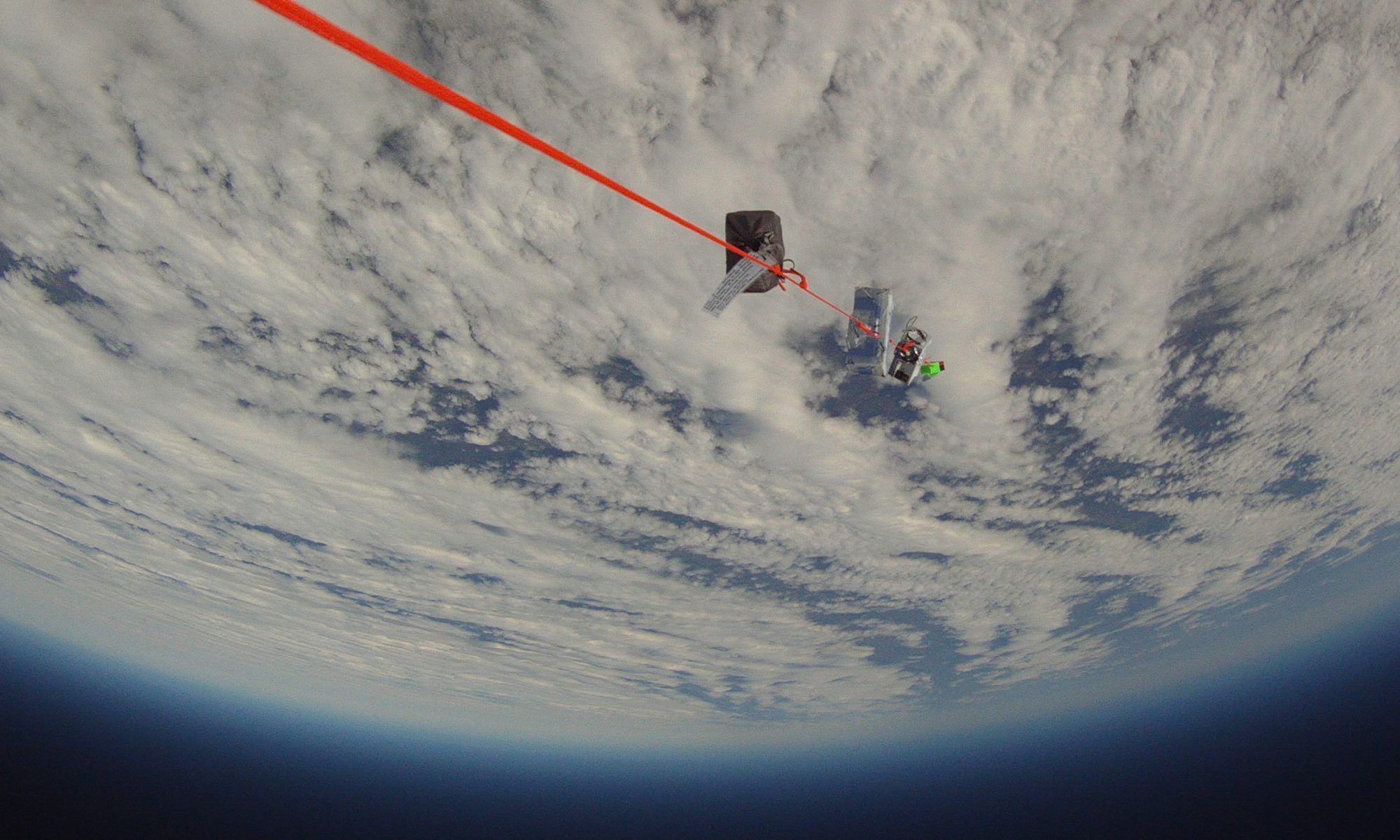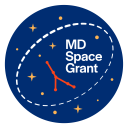National Space Grant College and Fellowship Program
Established by Congress in 1988 and implemented by the National Aeronautics and Space Administration (NASA) in 1989, the National Space Grant College and Fellowship Program — also known as Space Grant — contributes to the nation’s science enterprise by funding research, education, and public service projects through a national network of 52 university-based Space Grant consortia. These consortia administer programs in all 50 states, the District of Columbia, and Puerto Rico. The consortia’s over 850 affiliates include academic institutions, research laboratories, and businesses. Other partners include state and local government agencies, other federal agencies, and nonprofit organizations. The program goals are to:
- Promote a strong science, technology, engineering, and mathematics education base from elementary through secondary levels while preparing teachers in these grade levels to become more effective at improving student academic outcomes.
- Establish and maintain a national network of universities with interests and capabilities in aeronautics, space and related fields.
- Encourage cooperative programs among universities, aerospace industry, and government.
- Encourage interdisciplinary training, research and public service programs related to aerospace.
- Recruit and train U.S. citizens for careers in aerospace science and technology.
NASA is charged with managing this program and funds Space Grant Consortia in all fifty states, Puerto Rico and the District of Columbia.
MDSGC History, Management and Member Institutions
Maryland was selected to participate in NASA’s National Space Grant College and Fellowship Program when it was formed in 1989. MDSGC’s offices are located in the Bloomberg Center for Physics and Astronomy on the Johns Hopkins University Homewood campus. The Director oversees the program, a Deputy Director and Grants/Contracts Analyst comprise the supporting staff, and a Program Committee consisting of an Associate Director from each of the member institutions advises the Director on programmatic decisions.
Program Structure
MDSGC consists of several member institutions which contribute to our programs in many important ways. Each institution provides one or more members of MDSGC’s Program and Scholarship Committees (the latter only for those institutions receiving scholarship funds). The Program Committee recommends specific program decisions to the Director for implementation. Scholarship Committee members recommend the selection of undergraduate Space Scholars to the Director. MDSGC also employs two permanent staff members, who manage the program and coordinate program activities.
Consortium Members
Selected for their unique regional role in the Maryland educational system, our member institutions currently link MDSGC statewide. For names and contact information of MDSGC representatives at each institution, use the links below. We also collaborate with the Office of STEM Engagement at NASA Goddard Space Flight Center.
- The Johns Hopkins University (Lead Institution)
- Capitol Technology University
- Hagerstown Community College
- Johns Hopkins University Applied Physics Laboratory
- Morgan State University
- National Center for Earth and Space Science Education
- Towson University
- University of Maryland Baltimore County
- University of Maryland College Park
- University of Maryland Eastern Shore
- United States Naval Academy

